Sowing a green manure on bare soil after harvest is a great way to improve its structure and fertility. These fast-growing crops deter weeds, smothering young weed seedlings and saving the time and effort of hoeing to keep the soil weed free. They also prevent nutrients being washed from bare soil in winter.
The dense foliage and cool damp ground beneath provides winter shelter for beneficial insects such as ground beetles. Some, such as Phacelia and crimson clover, attract beneficial insects such as bees and hoverflies to prey on garden pests. They are invaluable at eating aphids.
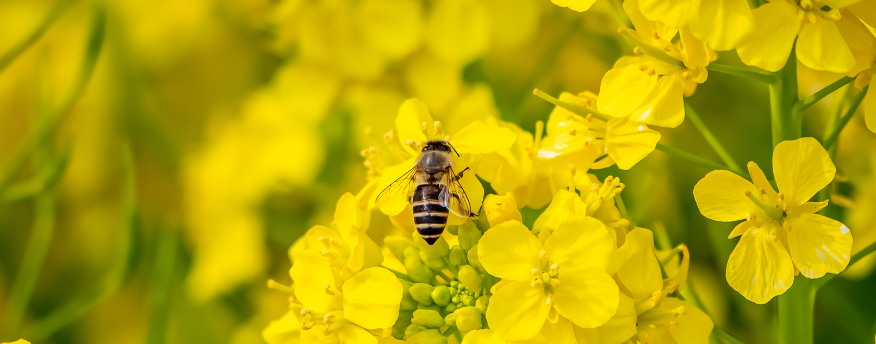
Annual sowing of green manures can help rectify soil structure whatever your soil type. The extensive root system of green manures will open up heavy clay soils and improve drainage. Conversely in light soils, the roots remain closely bound to the soil particles to retain moisture and nutrients that would otherwise be flushed away.
Green manures make the perfect ‘catch crop’. Whenever you have a bare patch of ground between crops, sow a green manure. Phacelia and mustard are quick growing and can be dug in within 6 weeks of sowing.
Garden Organic suggests a long-term green manure crop around the base of fruit trees. Red clover will not only deter weeds but also attract beneficial insects and wildlife to keep your pests under control.
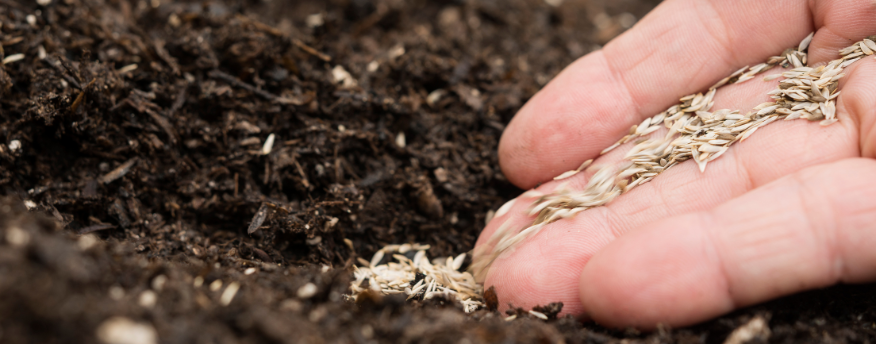
Green manures are sown directly over the bare soil. Scatter the seed in late summer and autumn and rake in, allowing the seeds to germinate and grow.
The resulting leafy growth is then dug back into the soil for a nutrient boost. Green manures work by drawing nutrients from the soil and storing it within the foliage and roots. When the plants are dug back into the soil in autumn or spring, they rot down and gradually return these nutrients to the next crop in a more readily available form.
Cut down the foliage and leave to wilt, then dig the plants and foliage into the top 25cm of soil. Leave the foliage to decay for at least two weeks after digging in as the decaying foliage can impede plant growth.
If you work the No Dig method of growing, instead of digging in the plants, you can cut them down to ground level at the end of the growing period and leave the foliage on the surface to rot down naturally or remove to compost elsewhere.
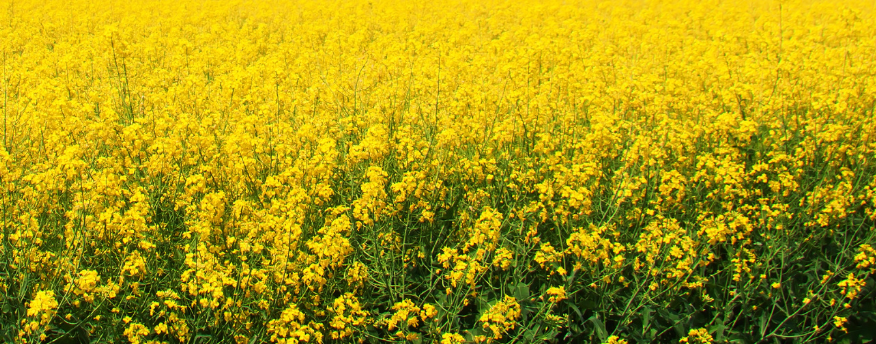
Our top 5 green manures
White Mustard
Great for revitalising poor soils but mustard is in the brassica family so must not be followed by other brassicas, as it could encourage a build-up of disease. Sow in March to September and leave for two or three months before digging in.
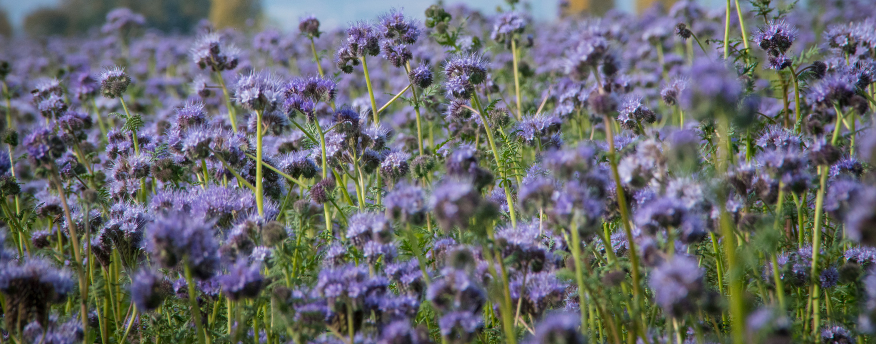
Phacelia
Later sowings overwinter well in mild areas, Phacelia can be sown from spring to late summer and dug in after two or three months. Their flowers are a very beautiful bright blue and loved by pollinators.
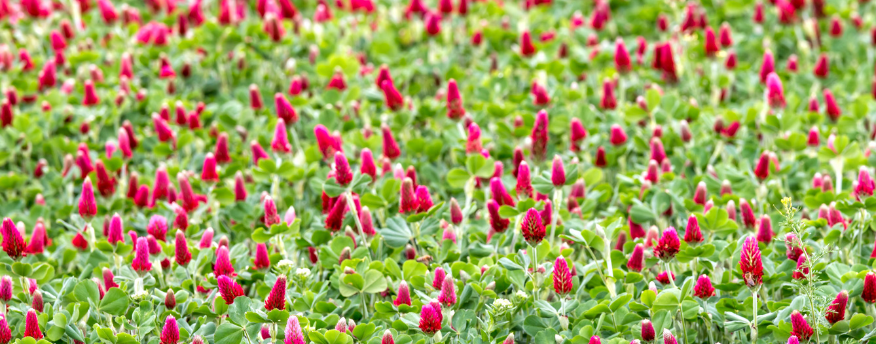
Crimson clover
This perennial legume is good for light soils and is usually sown in March to August and dug in after two or three months up to flowering. It has the additional benefit of fixing nitrogen into the soil.

Winter rye
Winter grazing rye is a hardy green manure that will grow all winter before being dug back into the soil in spring. Particularly useful for heavy soils, their roots help open the soil particles of heavy clay to improve the structure and drainage. Be aware that if the plants are left too long to mature, they can be difficult to dig in.

Autumn Mix
An autumn mix of nitrogen fixing clovers, rye grass and white mustard can provide a good blend of nutrients for the vegetable garden.











